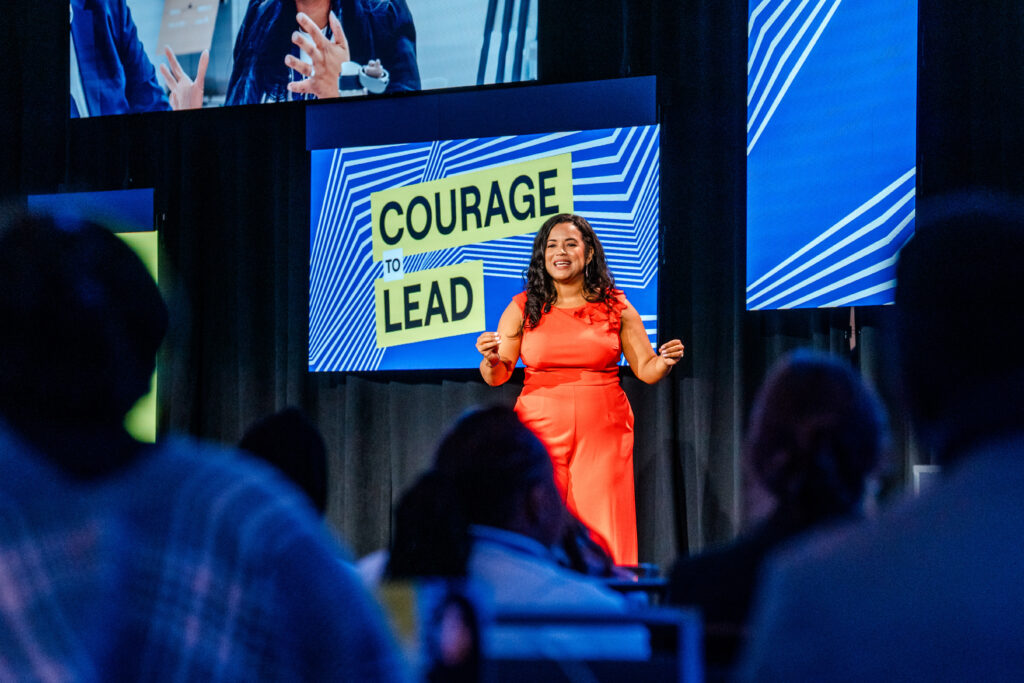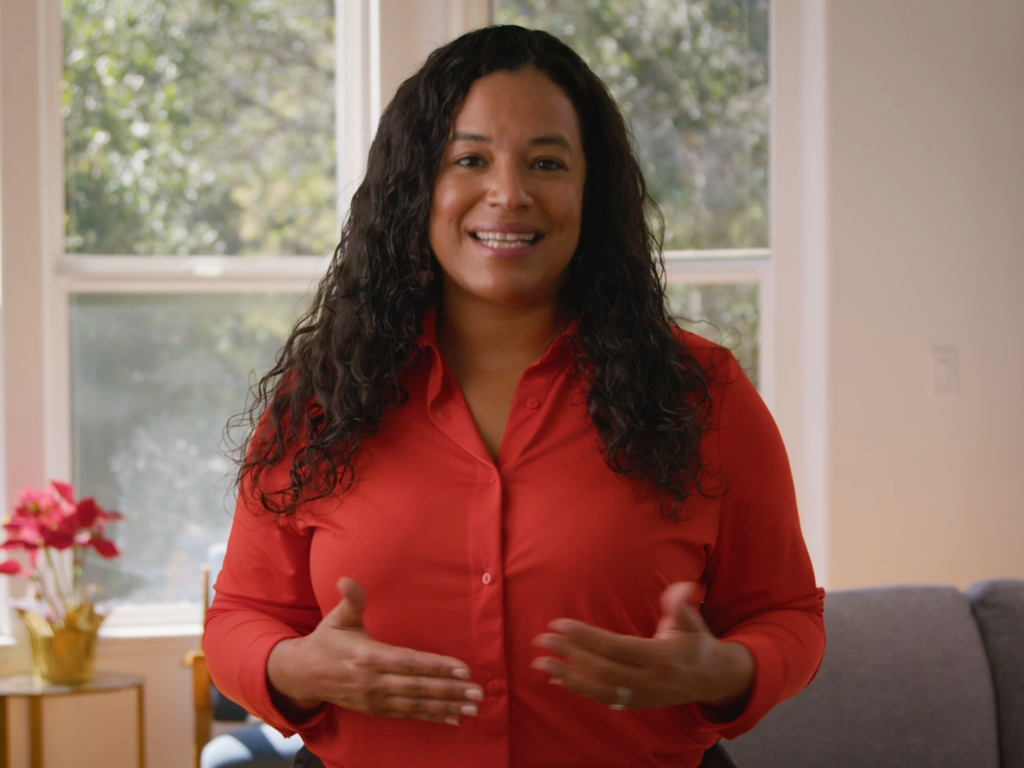As predictions of a debilitating shortage of school superintendents and principals play out across the nation, dozens of school systems are taking an aggressive approach that fills vacancies while increasing the pool of qualified educators.
In the St. Paul, Minn., public schools, when 11 principal positions became vacant in the spring, system superintendent Patricia Harvey didn’t panic. She just gleaned candidates from the 23 participants in the first year of St. Paul’s Leadership Institute, an intensive program to prepare future and current principals for schools in the city.
Columbus, Ohio, is grooming leaders with a similar program. Although there are only three principal vacancies to be filled as school begins, 32 of the principals at the 144 schools in the district are at the age of retirement, Columbus Public Schools spokesman Andrew Marcelain says, and the number could rise to 75 in two years.
Another program, the Ohio Principals Leadership Academy, focuses on needs across the state. The academy began operations in the spring under the direction of Joseph Murphy, an expert on educational leadership.
A school leadership crisis is taking the nation by surprise, Murphy says. For years, school districts worried about shortages of teachers, particularly those who focus on math, science and technology. States and school districts now are realizing they need to offer leadership training programs for teachers and other interested personnel.
“Our focus will be the state, but we’re supposed to be a national lighthouse. Other people will come and see what we’re doing,” Murphy says of the academy.
Whether that light comes from the academy or elsewhere, schools need the beacon more than ever. The Department of Labor estimates that 40% of the country’s 93,200 principals are nearing retirement and that the need for school administrators through 2005 will increase 10% to 20%.
“A major crisis confronts us,” says Mary Lee Fitzgerald, director of education programs for the Wallace-Reader’s Digest Funds, which has committed up to $150 million for up to five years to address the leadership deficit. “At the same time public school enrollments are growing, retirements are soaring. The principalship is a bull market, but nobody wants the job. Modest pay, long hours, uneven resources, problematic authority (and) increased expectations of the public make this job in a competitive market a no-winner for the top half of the class.”
Some school systems have been hit hard. Two weeks into the last school year, New York City’s public schools were searching for 195 principals and had temporary administrators – described as interim or acting principals – overseeing 144 schools. Boston schools predicted 18 vacancies for principal jobs at the opening of the last school year, according to the Harvard Graduate School of Education. Las Vegas school officials estimate that 45 principals will be needed within two years. In Connecticut, 20 school districts scrambled to hire principals during the last school year .
“The superintendency is a similar challenge,” Fitzgerald says. “Search firms cannot find strong candidates for large, complex, politicized systems. Some boards are using signing bonuses; others offer financial incentives if you just stay three years. The pool has shrunk. “
There are some who are skeptical about predictions of a shortage of qualified leaders. Michael Usdan, president of the Institute for Educational Leadership, says studies show that many people have licenses for school leadership jobs but are working in other fields. Noting there’s an “appalling lack of data on the issue,” Usdan says a Minnesota study found that only one in four licensed administrators actually is practicing.
Many of the leadership programs developed by school systems are grow-your-own efforts that encourage local educators familiar with the area to aspire to top school positions. The idea is to generate interest in the jobs and to train applicants to handle all the roles school leaders today must play, from business managers to police officers to surrogate parents.
The trend is for more mentoring and for field and clinically oriented training, Usdan says. “Too many university programs are detached from reality.”
St. Paul’s Leadership Institute, developed over two years with input from veteran principals and funding from foundations, revamps the way principals are recruited, trained and hired in the district of 46,000 students .
Participants must have or be working toward a Minnesota principal’s license before undergoing a rigorous application and interview process. They pay a $200 commitment fee. They get three weeks of management and leadership training as part of coursework taught by national experts, business leaders and university professors. Candidates join the principal hiring pool for the school district after extensive evaluation . The program continues to offer support during the principal’s first year on the job.
“ I feel competent and confident, so much more prepared. I’m really focused and ready to go,” says Melissa McCollor, who this fall begins her first principalship at Nokomis Montessori.
Raymond Yu, new principal at St. Paul’s Saturn/River Front Academy, was invited to interview at six of the nine elementary schools that had openings. He says his institute training sharpened his strengths for identifying and building on the expertise of others in the school.
“ Clearly, one person doesn’t possess all the skills to increase performance,” Yu says. “I like to build leadership capacities in others, remove obstacles for teachers and be sort of the leader to draw out the best in others.”
St. Paul superintendent Harvey says the Leadership Institute fits into a larger education reform plan in Minnesota that includes giving parents, teachers, administrators and community leaders at each school in the district more control over budgets, personnel, curriculum and organizational issues.
“ From research, we know that leadership at the building level is key to improvement” across the district, Harvey says.
“ In many cases around the country, we’ve seen that other people can fill in the void, but if you don’t have that leader, if you don’t have strong leadership, you cannot improve the school.”


